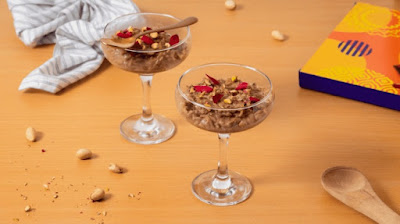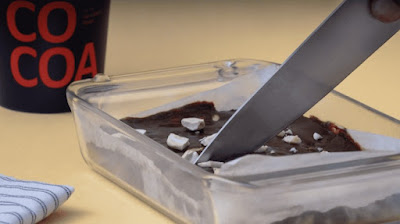Indian Sweets That Are The Most Favourite
Here are most favourite Indian sweets listed below
• Gajar is halwa
Thinly sliced carrots, milk, sugar, almonds, clarified butter (ghee), and dried milk (khoya) is used to make gajar ka halwa, a delicious dessert. The dish is said to have evolved in Northern India and Nepal, although it is now widely enjoyed throughout India as a daily treat or a customary sweet for a variety of Indian festivities.
This dish can be tweaked by adding seasonal or local components, and it can be served hot or cold. The sugar-free form of gajar ka halwa prepared with papaya, red velvet gajar ka halwa prepared with creamy milk, saffron, and rose water, a variant made with mascarpone and purple carrots, and beetroot gajar ka halwa are among the most well-known versions.
• Kheer
Kheer, also known as payasam, is an old Indian delicacy consisting of a creamy rice pudding that is prepared in a variety of ways around the country. Even though it can be eaten at any time of year, it is a popular dish at many Indian rituals, weddings, and festivities.
Kheer is produced by cooking rice, buckwheat, or tapioca with sugar and milk, then adding dried fruits, nuts, cinnamon, and saffron to taste. The dessert is thought to have originated 2000 years ago at Orissa's Lord Jagannath Temple.
• Gulab jamun
Gulab jamun is a milk-based confection made by kneading milk solids into a dough, shaping them into balls, and deep-frying them in ghee. After that, the balls are soaked in a sweet mixture containing saffron, black cardamom, and rose water. Gulab jamun is frequently sprinkled with dried nuts when eaten to improve the flavours.
The dish's name comes from two words: Gulab, which means rose, and Jamun, which refers to the purple-coloured Jamun berry fruit. The dessert is thought to have been inspired by an Arabic delicacy known as luqmat al-qadi, which gained popularity during the Mughal dynasty when Indian cooks in royal kitchens altered their cuisine to include newly imported Persian ingredients as well as their Hindu flavours.
• Barfi
Even though its name comes from Persia, barfi is a traditional Indian dish that mimics fudge. It is part of a larger category of Indian sweets known as mithai. Burfi means "snow and ice" in Persian and Urdu, alluding to the aesthetic aspects of this dish in its most basic form.
It's produced with a foundation of condensed milk solids (khoa or khoya), white sugar, and ghee, with nuts like walnuts, almonds, and pistachios being the most typical additions. Some regional variants, however, include fruits, saffron, rose water, gramme flour, or almonds.
• Rasgulla
Rasgulla, like so many other Indian milk-based sweets, is a classic sweet offered at the end of dinner. It's made of chhena paneer dumpling and semolina dough, which are fried together in a sweet syrup. The origins of rasgulla are a source of contention, with West Bengal and Odisha both trying to claim to be the dessert's origin.
Bengalis believe that rasgulla was created as a result of several culinary trials in the state, whereas Odisha residents claim that it has been served to Lord Jagannath for generations. Most culinary historians, on the other hand, concede that the truth lies someplace in the middle.



Comments
Post a Comment